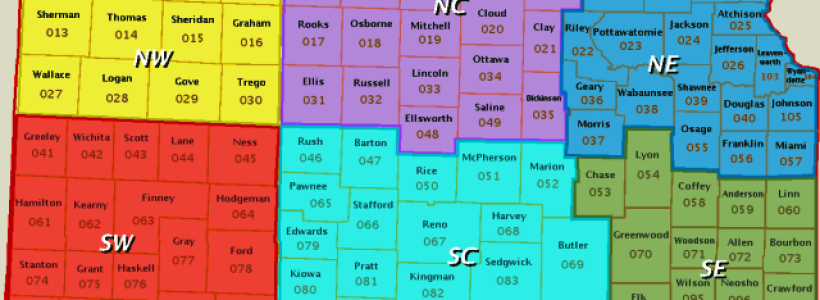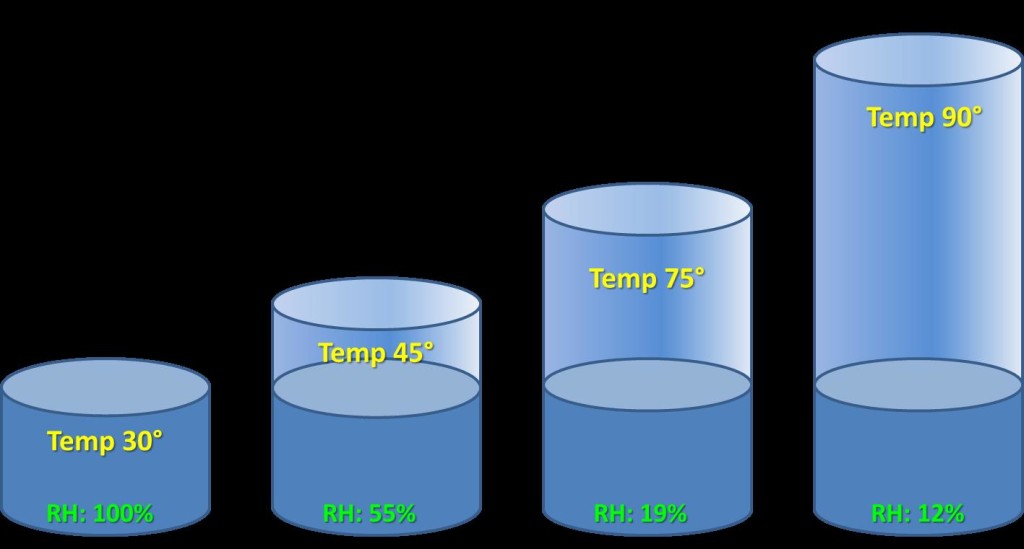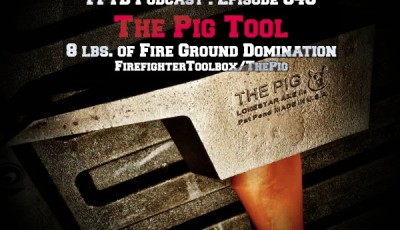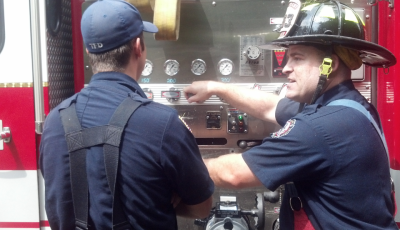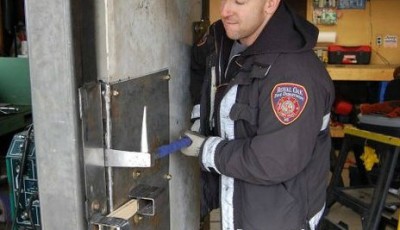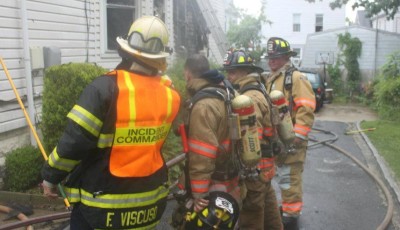How Does Humidity Impact Firefighting?
In our last article we discussed temperature and moisture and their effects and impacts on firefighting. This week we will review humidity and its’ impacts on firefighting.
The concept of atmospheric moisture and its impact is a bit more elusive to comprehend. Most of us are familiar with humidity, which is a measure of how much water vapor is in the air we breathe compared to the maximum water vapor that the air could hold at a given temperature.
Humidity plays a big part in firefighting as the lower the relative humidity, the more vigorously that fuels may burn. Without going into equations, let’s see how temperature and humidity interact.
At 70°F, the air can hold about twice as much water vapor than at 50°F. Likewise, with each 20 degree drop in temperature, the maximum possible water vapor content is roughly halved. When the relative humidity is 100%, the air is holding as much water vapor as it can.
More than likely, however, the water vapor is condensing onto dust or other particles which reveals itself as fog. 0% Humidity would indicate the complete absence of water vapor. However, that does not occur in nature though I have seen (and felt) what 1.8% RH feels like. While it feels nice at first, it doesn’t take long for one’s lips and face to dry out.
To better illustrate the concept of relative humidity (RH), let’s use the analogy of water in a set of glasses. In the example below, we take an airmass that is fully saturated (100% RH) when it’s 30 degrees outside.
In practice, this could be a freezing fog situation. Now, let’s increase the temperature through the day. As morning progresses and the temperature rises to 45 degrees, the RH is already down to 55%. By the time late afternoon rolls around, the temperature could be a warm 90 degrees F. Again, if no water vapor content changed, we’re now at 12%RH. That’s literally going from a very moist start to the day to one which would result in very favorable conditions for burning.
Impacts on Firefighting
How does this impact firefighting? As with most things, it all depends.
In some parts of the USA, having an afternoon relative humidity of 35% may yield red flag conditions. In others, like here in West Texas, nobody gets excited until the relative humidity drops to under 15%.
Likewise, the wind plays a part in it too. In the east, a 15mph wind, combined with low RH may cause much trouble with forest fires with crowning possible depending on the fuel dryness. In more grassy areas, winds of 20-25mph may be needed to get things to reach critical states.
The challenge for you is to learn what denotes critical conditions in your own area.
How?
Take a look at your local National Weather Service web page. See what they use as criteria for “Red Flag” conditions. After all, if the conditions are ripe enough to support natural fast wildfire spread, they certainly will be conducive to helping an apartment fire to burn effectively.
Dew Point and Firefighting
Finally, the term Dew Point will be used a great deal in our discussions. Given a set amount of water vapor in the air, assume we will take a parcel of air and begin to cool it. Using the same analogy as before, let us start with a temperature of 45 degrees with a RH value of 55% .
As we cool the parcel, its relative humidity will increase. By the time that the parcel air temperature is down to 30 degrees, the RH is 100%. RH values above 100% are not stable in nature and as a result, water begins to condense out of the vapor.
We have therefore reached the Dew Point temperature- the temperature at which dew would form given the available water content of the air.
In each of the four examples of temperature and humidity, the dew point is the same – 30 degrees. Dew point is a good way to measure the water vapor content while relative humidity is more useful in terms of discussing its effects on fire behavior. But, we will need to know both.
To learn more about humidity, visit https://www.crh.noaa.gov/lmk/soo/docu/humidity.php
Be safe! Next time we will discuss what happens when we have
“Too Much Pressure”.

